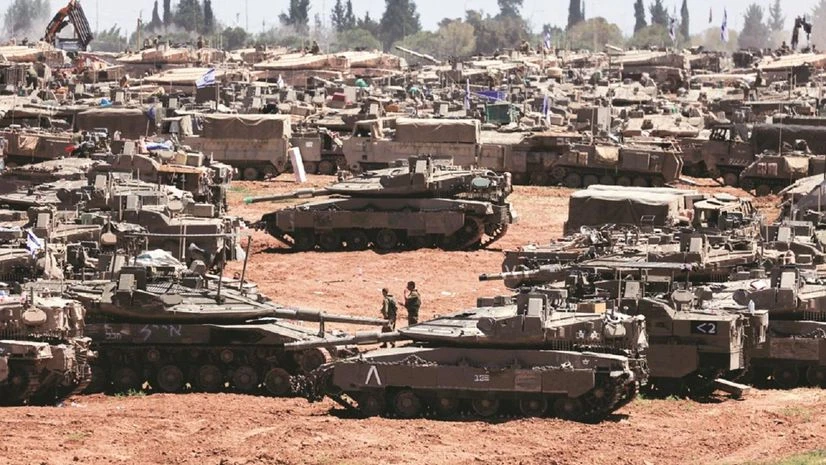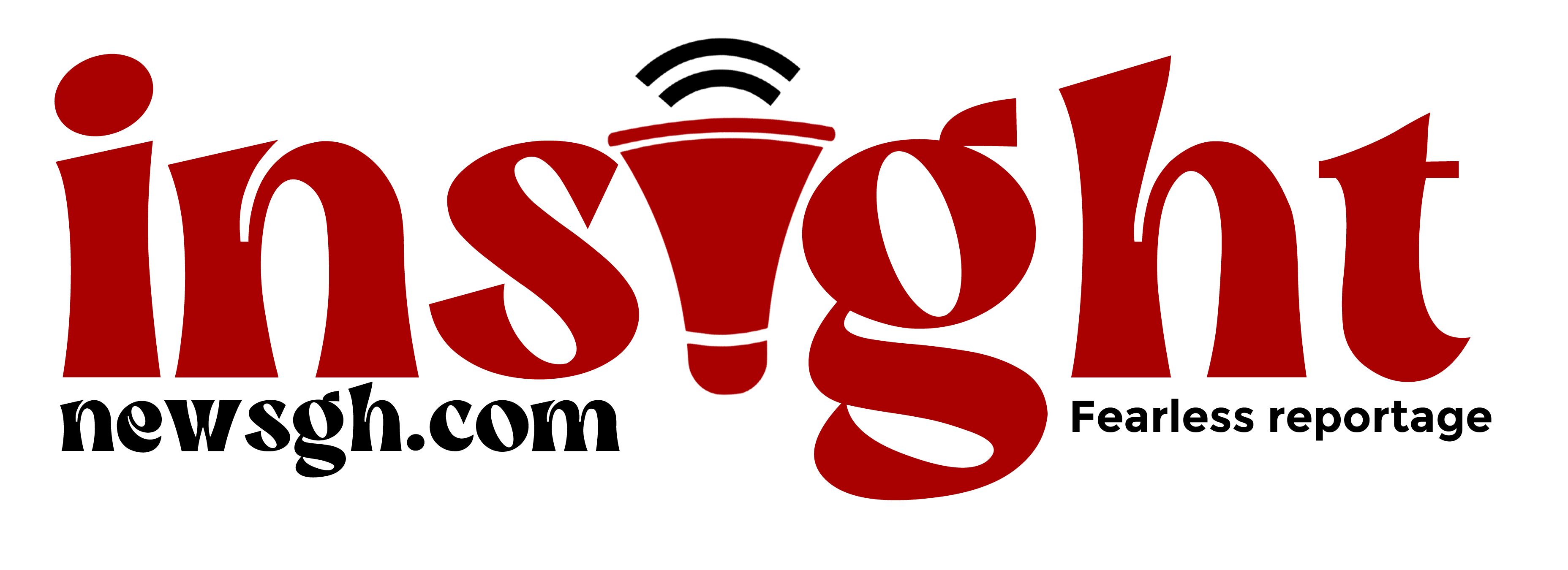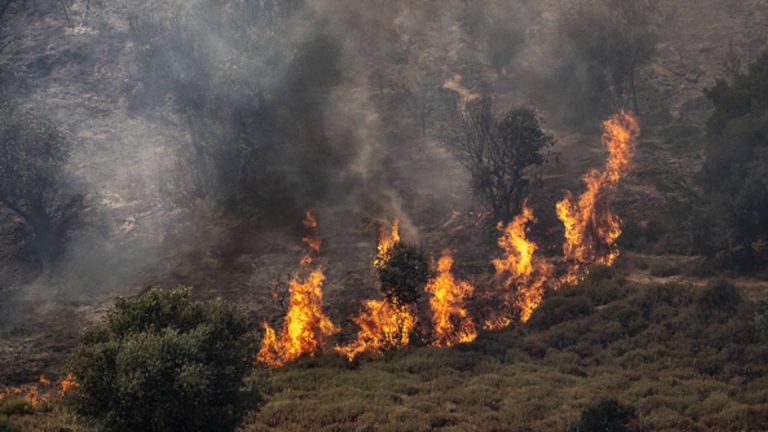Israel Hezbollah war: Cause, Missles, Casualties, Response And Everything To Know
)
The ongoing conflict between Israel and Hezbollah has intensified. Recent incidents, including surveillance drones patrolling northern Israel and near-daily border fire, have raised concerns. At least 400 people have been killed, primarily Hezbollah fighters, and tens of thousands displaced along the Israel-Lebanon border.
Hezbollah’s leader, Hassan Nasrallah, threatened an all-out war with no limitations if Israel expands the scope of the current conflict. Israel has finalized plans for an offensive, also signaling its determination to alter the balance of power in the north.
The 2006 Lebanon War, also known as the 2006 Israel–Hezbollah War or the July War in Lebanon (Arabic: حرب تموز, Ḥarb Tammūz), and as the Second Lebanon War in Israel (Hebrew: מלחמת לבנון השנייה, Milhemet Levanon HaShniya), was a 34-day military conflict that took place in Lebanon, northern Israel, and the Golan Heights.
Cause:
The conflict was precipitated by a cross-border attack by Hezbollah fighters on July 12, 2006. They abducted two Israeli soldiers and killed eight others.
Belligerents:
-
- Israel Defense Forces (IDF): Engaged in intense fighting.
- Hezbollah: Paramilitary forces representing Lebanon’s Shia community.
- Other groups involved included Amal, LCP, PFLP-GC, and also Iran (which provided support to Hezbollah).
Israeli Actions:
Israeli jets dropped approximately 7,000 bombs and missiles in southern Lebanon during the war.
Duration:
The war lasted from July 12 to August 14, 2006.
Massive Air Operation:
-
- Israel launched a massive air operation, targeting Hezbollah positions and infrastructure.
- They also bombed Hezbollah headquarters, rocket stockpiles in Beirut, and militia positions in southern Lebanon.
- Strategic targets like the Beirut airport, roads, and also bridges were hit to prevent the abducted soldiers from leaving the country and fresh supplies from reaching Hezbollah.
- Swift Response:
- After Hezbollah abducted two Israeli soldiers and killed eight others, Israel responded swiftly.
- The initial air strikes were extremely effective, also disrupting Hezbollah’s capabilities.
- Blockade and Isolation:
- Israel imposed an air and sea blockade on Lebanon, further isolating the country.
- They attacked the Beirut–Damascus Highway, also closing Lebanon’s main artery.
- Intense Conflict:
- Israeli jets dropped around 7,000 bombs and missiles in southern Lebanon.
- Meanwhile, Hezbollah fired over 4,000 rockets at northern Israel.

Casualties:
-
- IDF: 121 killed, 1,244 wounded, and significant equipment damage.
- Israeli civilians: 44 killed, 1,384 wounded.
- Also Hezbollah fighters: Approximately 250 killed (Hezbollah and HRW estimates).
- Lebanese citizens and foreign civilians: Over 1,100 dead and 4,400 wounded.
- United Nations: 5 peacekeepers killed, 12 wounded.
Outcome:
The war ended with a United Nations-brokered ceasefire on August 14, 2006. Israel also formally lifted its naval blockade of Lebanon on September 8, 2006.
Due to Iranian military support to Hezbollah, some consider this conflict the first round of the Iran–Israel proxy conflict rather than a continuation of the Arab–Israeli conflict.


